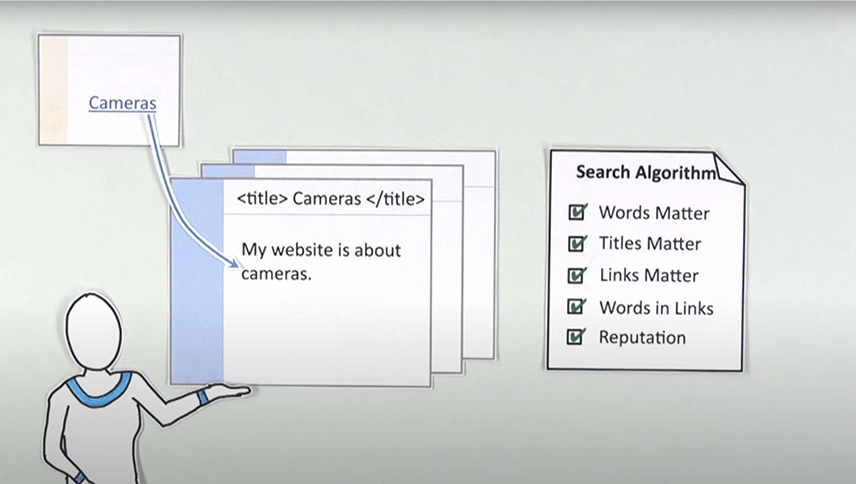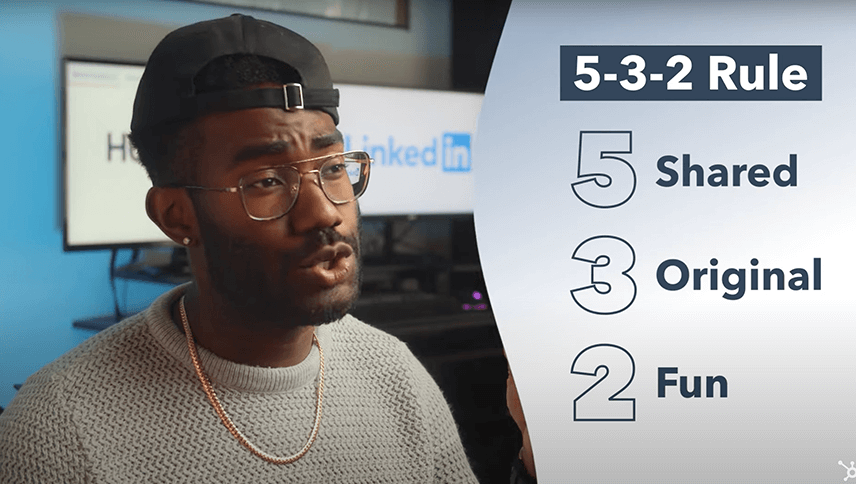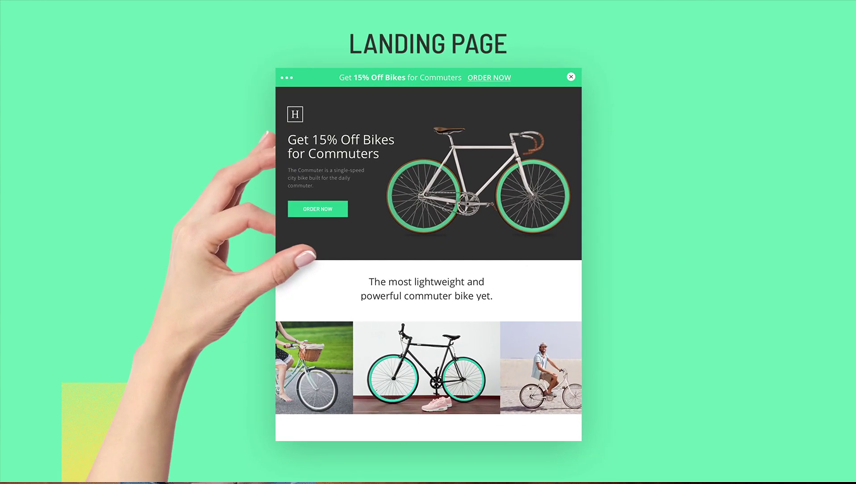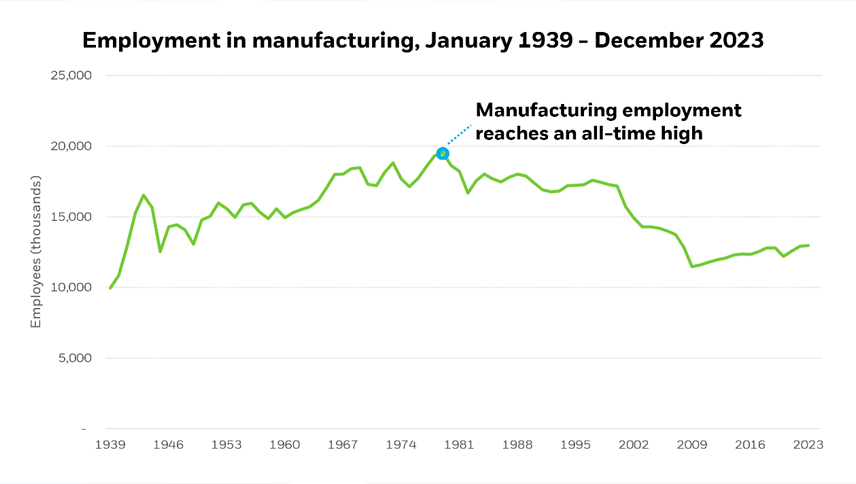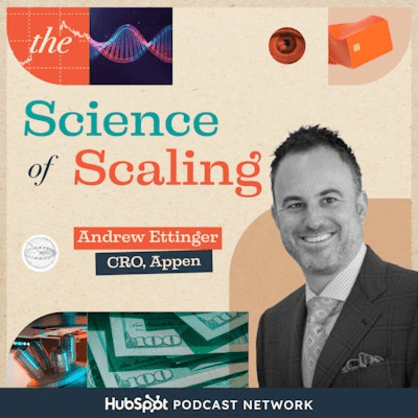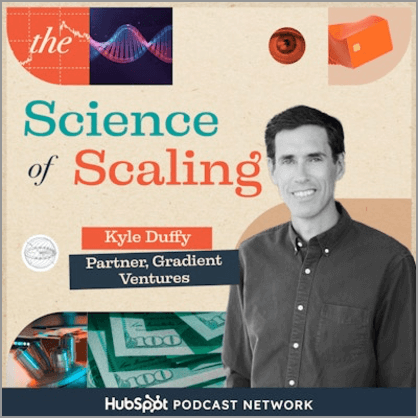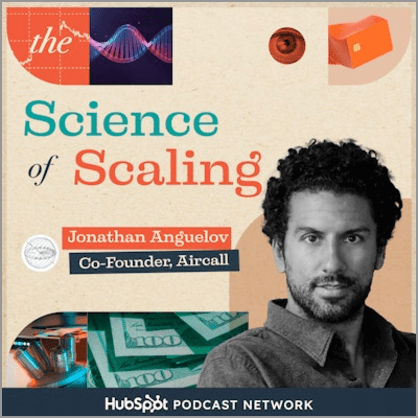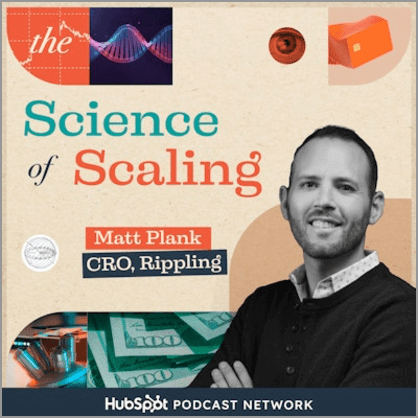How Blogging Can Help You Rank First On Google
Masters in Marketing
How HubSpot builds topical relevance. In the last few years at HubSpot, we’ve evolved our approach to content creation on the HubSpot blog, along with the evolution in search. We used to create content only around specific keywords, but now we create around broad topics to build topical relevance. In fact, in several cases, we’ve built topical relevance around topics we didn’t have a product for yet, but we knew we would in the future.
That’s the story on topical relevance I’ll share with you today. More than a year before HubSpot ever had a customer service product, we started building topical relevance around the topic of customer service. We weren’t ranking for anything related to customer service at the time, but we knew we’d eventually want to be known for that topic.
And it would take time to build relevance. When we started, we were ranking lower than position 500 for all our target topics. It took several months for us to move the needle on our search ranking. But, by using blogging to build topical relevance, we were able to capture a spot on the first page of Google for 5 out of our 10 target topics.
We also saw a massive spike in blogging traffic. For our customer service software as a result. Here’s an overview of what we did to make this happen. Our very first step was to identify which topics we wanted to be known for that we weren’t already known for. To find these topics, we started by identifying topics that were closest to the bottom of the funnel, and then moved our way up.
Bottom of the funnel topics for us were things like Customer feedback software and help desk software topics that had high purchase intent. We started here because at the end of the day, we wanted to center our strategy around getting people to sign up for our software product. From there, we expanded with more middle and top of the funnel topics like customer feedback, customer satisfaction surveys, and NPS.
Once we had a list of topics, we prioritized which of these topics we wanted to rank for, where we wanted to rank, and by when. Like I said, when we started, we weren’t ranking for anything. Not even in the top 500. Let’s take the topic Customer Feedback Software as an example. This is one of the bottom of the funnel topics that we wanted to rank for.
The first thing we did was build a product page for our upcoming customer service software, which we said was coming soon, and provided an email field where someone could sign up to be notified when the product was ready. That way, by the time the product launched, the signup page was already gained search authority.
Next, we wrote a long canonical piece of content, which we call a pillar page on the related topic, customer feedback. We hosted this on a site page titled customer feedback strategy. The only guide you’ll ever need and linked it to our product page to get it some SEO juice. Our next step was to break down the topic of customer feedback into questions that our target customers might ask about that topic.
Here are a few questions we came up with. How should I go about asking for feedback from customers? How can I improve my customer feedback survey? How do I measure customer satisfaction? And what should I do with the customer feedback I get on social media? Then, we turned every one of these questions into blog posts.
We prioritized which ones to write first according to search volume, and we linked every one of these blog posts. back to that pillar page to help build topical relevance and boost that page’s search authority and our product page’s search authority. To make our blog posts more attractive for others to link to, we added what we call linkable hooks to these posts.
Linkable hooks are things like original charts and images, unique data and research, quotes from industry experts, and pros and cons tables, which we find people like to link to. Next, we prepared an outreach strategy to help build links to these posts. We identified blogs and communities relevant to our topic.
And reached out to them using link building tactics like offering to write a guest post on their blog. When it came to actually doing the outreach, we found it was easier to get backlinks from companies that were tangentially related to our target topic, like survey tool companies, for example, rather than businesses that were borderline competitors.
After just a few months, our product page was ranking in the number three spot on page one of Google for our target topic, customer feedback software, before the product had even came out. Our pillar page on customer feedback was also ranking in the number two spot for customer feedback. So, there you have it.
This process is effective, straightforward, and most importantly, repeatable. We’ve done it for other products and tools and have seen great results too. The key to success with this approach is the move past short-term thinking and put a lot of work into building a thoughtful strategy, key relationships that will help you build links, and create great content with linkable books.



